Get PeakVisor App
Sign In
Search by GPS coordinates
- Latitude
- ° ' ''
- Longitude
- ° ' ''
- Units of Length

Yes
Cancel
Share ×

Scan the QR code and open PeakVisor on your phone
❤ Wishlist ×
Choose
Delete
Monaco, officially the Principality of Monaco, is a microstate and city-state located in the French Riviera. Home to under 40,000 residents, Monaco is known for being one of the wealthiest and most expensive areas in the world. With an area of just 2.1 sq km (0.81 sq miles) it marks the second smallest sovereign state in the world following Vatican City. There is one named peak in the country known as the Monaco high point at 170 m (558 ft) tall with 22 m (72 ft) of prominence.
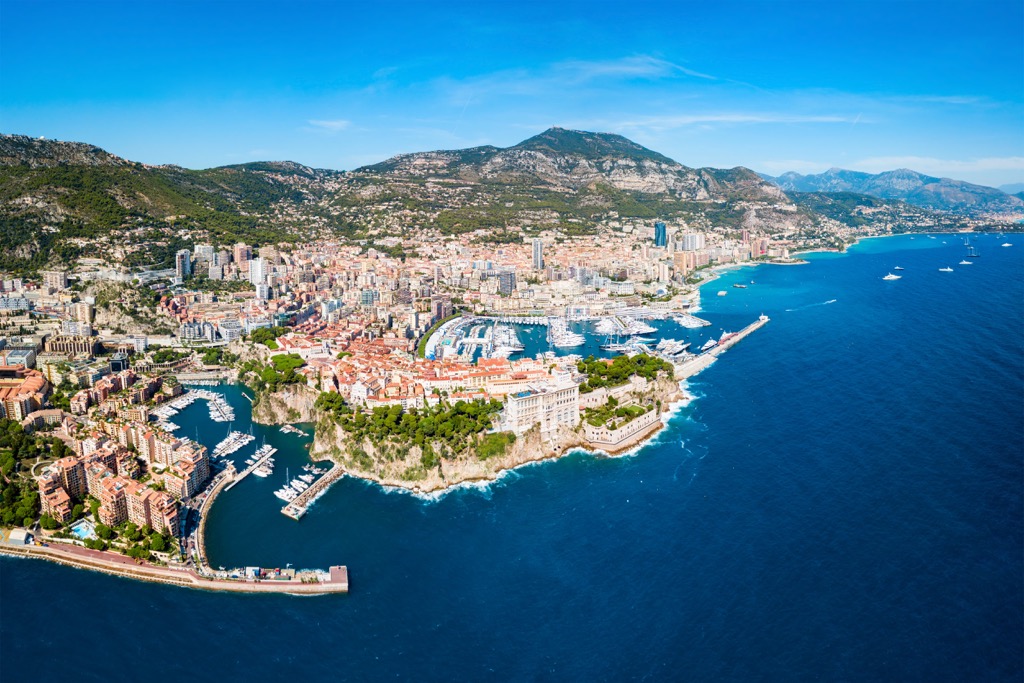
The geography of Monaco is largely centered around the landscape of the city and the Mediterranean Sea. Situated in the French Riviera, Monaco’s land borders the Alpes-Maritimes department of France.
The center of Monaco lies 16 km (9.9 miles) from the country of Italy. Monaco is divided into five quarters and ten wards which cover a total of 208 ha (510 acres). France’s land border with this city-state spans just 5.47 km (3.4 miles) in length. Monaco also has a coastline spanning 3.83 km (2.38 miles).

Elevations in Monaco range from sea level along the coast of the Mediterranean, up to 170 m (558 ft). Despite its relatively small size, Monaco features a gentle rolling landscape as the land angles up into the nearby hills of France.
The longest flowing body of water in Monaco is the Saint-Jean brooke which flows for 190 m (620 feet) before emptying into the Mediterranean Sea. Fontvieille is the largest lake in Monaco covering a mere 0.5 ha (54,000 sq ft).
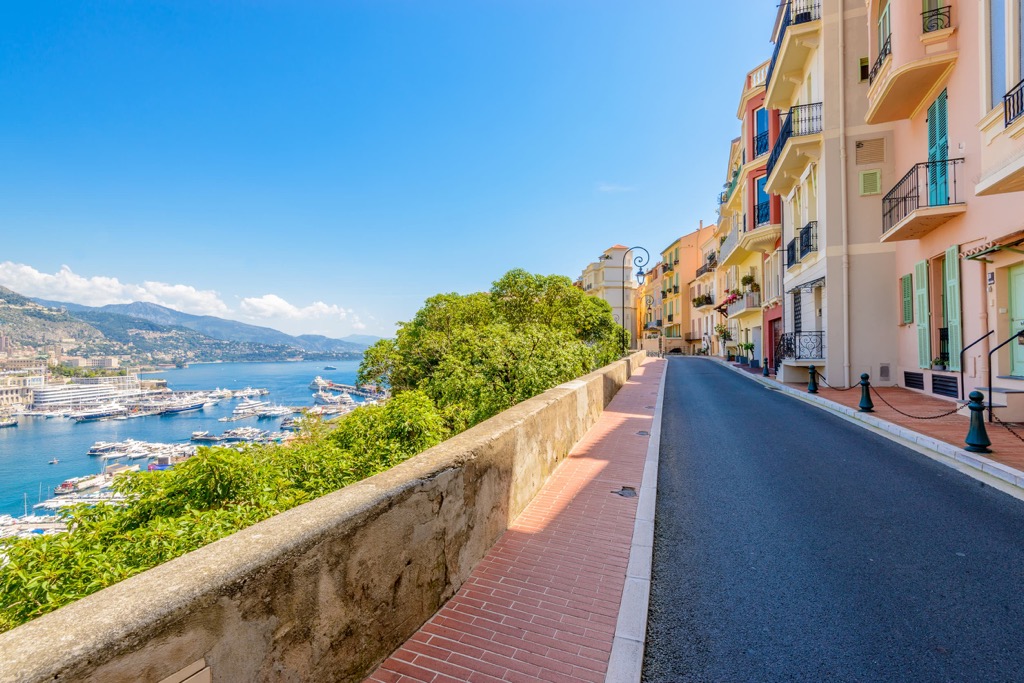
A vast majority of Monaco has been developed into businesses and condominium complexes with the exception of a few small parks and tree lined streets. Monaco is home to two separate ports; Port Fontvieille and Port Hercules. Port Cap d’Ail lies a short distance away in neighboring France. Fishing marks the only natural resource of Monaco as the lack of land has resulted in no agriculture industry.
Within Monaco lies the Jardin Exotique. Nearby areas for outdoor recreation in France include the Parc de la Grande Corniche and Site naturel protégé du Vinaigrier both which lie to the northwest Parc National du Mercantour is situated to the northeast of Monaco.
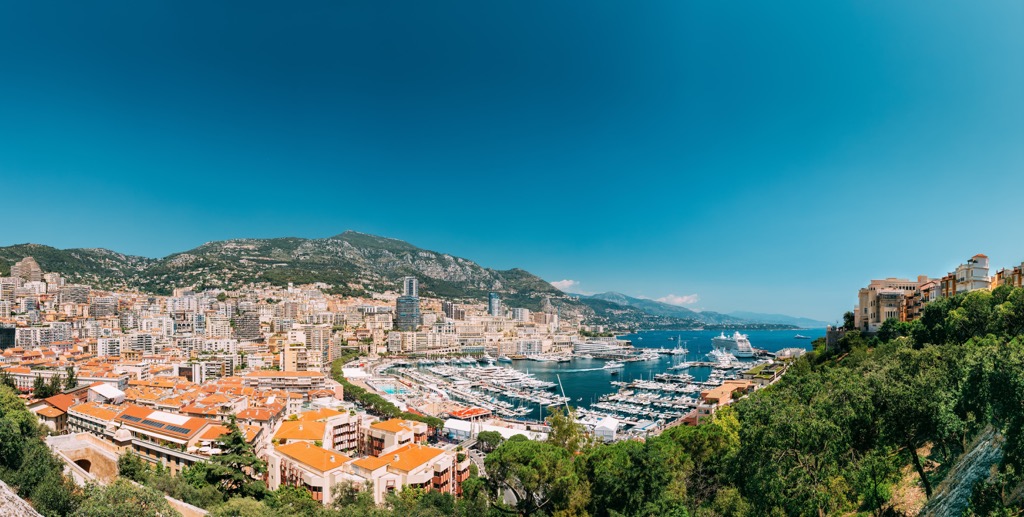
Documentation of the geological history of Monaco is limited. The geology of this region is closely tied to that of the Western Alps, and thus part of the Alps as a whole.
Formed during the Alpine Orogeny, the Alps are a relatively young mountain range. Tectonic shifting led to the collision of Eurasian and African tectonic plates. This immense pressure caused the sea that was once there to slowly drain as the range was thrust upwards. The Alpine Orogeny primarily occurred roughly 65 million to 2.5 million years ago.
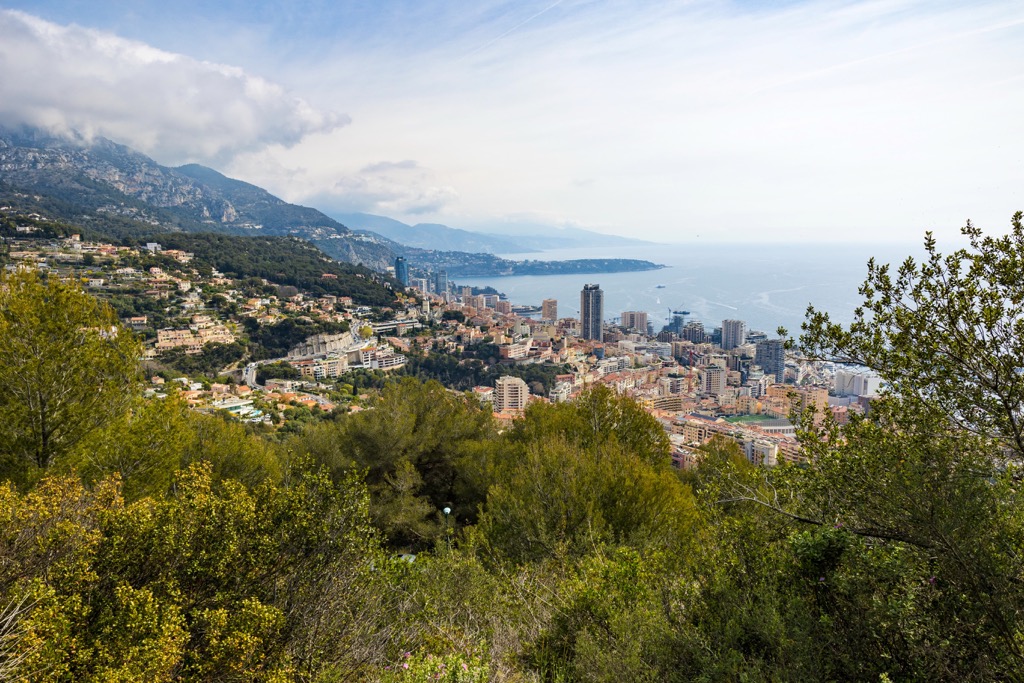
The Western Alps were not thrust up as high as the tallest peaks in the range. As the western stretches of the range were finally being formed, so was the coastline of Monaco. Over the course of the last 2.5 million years of the Quaternary, sea levels were drastically changing due to periods of glaciation.
These fluctuations led to widespread erosion along the coastline as sediment deposits were left behind. Fossils and historical human remains have been found along the coastline near Monaco.
Due to Monaco’s small area, the country does not feature any distinctive fauna. Animals found in other parts of the French Riviera include weasels, foxes, ibex, chamois, marmots, polecats, badgers, and wild boar.
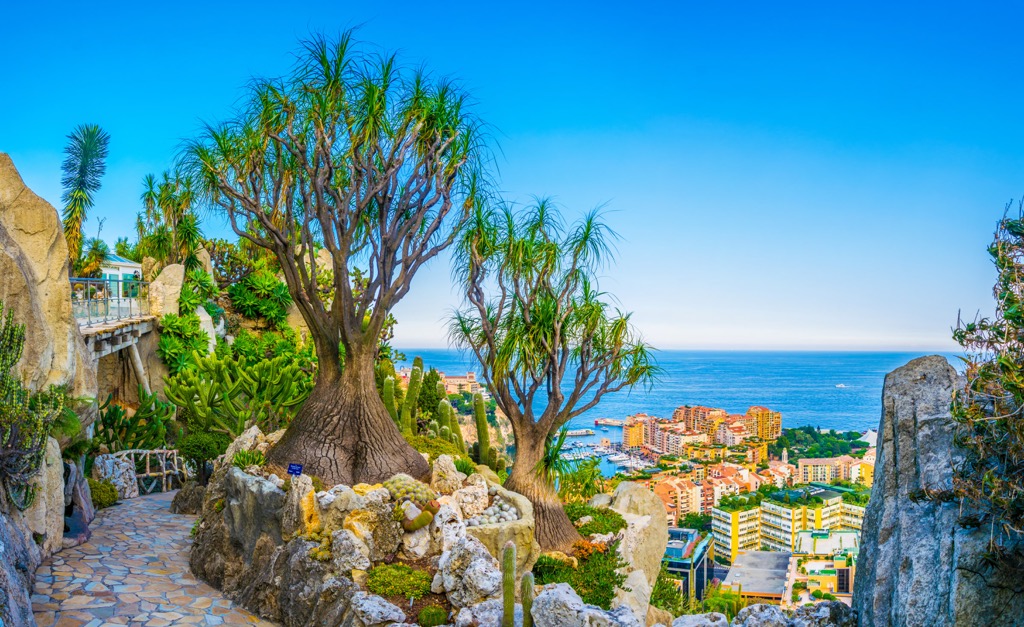
Flora found in the region is similar to that found in other parts of the Mediterranean. Visitors are likely to spot a variety of aloes, palms, mimosas, carobs, and tamarisks. Various shrubs and flowers also grow in the region.
Industrialization throughout Monaco has left very little plant life. Less developed sections of the French Riviera are able to support almond, oak, olive, lemon, and orange trees.
Monaco’s history dates back to ancient myths. It is believed that Hercules once passed through this region, leading to a temple being built. Known as the “House of Hercules” the temple was in the city of Monoikos.
Monaco went on to become a colony of Genoa in 1215. Originally ruled by Francesco Grimaldi, he was evicted from the region just a few years later by Genoese forces. The Grimaldi family purchased this land from the Crown of Aragon in 1419, ruling over what was referred to as the “Rock of Monaco”.
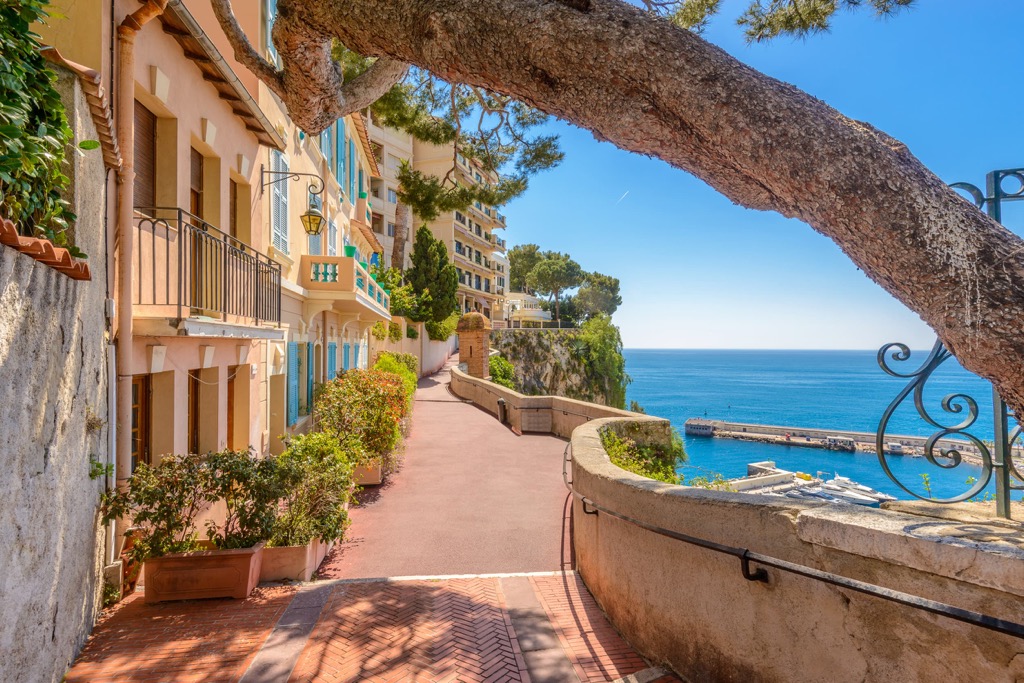
In order to fight off Spanish forces, the Prince of Monaco sought out French protection. With the protection of France, the princes of Monaco remained sovereign princes. The French went on to capture Monaco in 1793 which lasted until 1814. Following the Treaty of Turin in 1860, Monaco became a French protectorate.
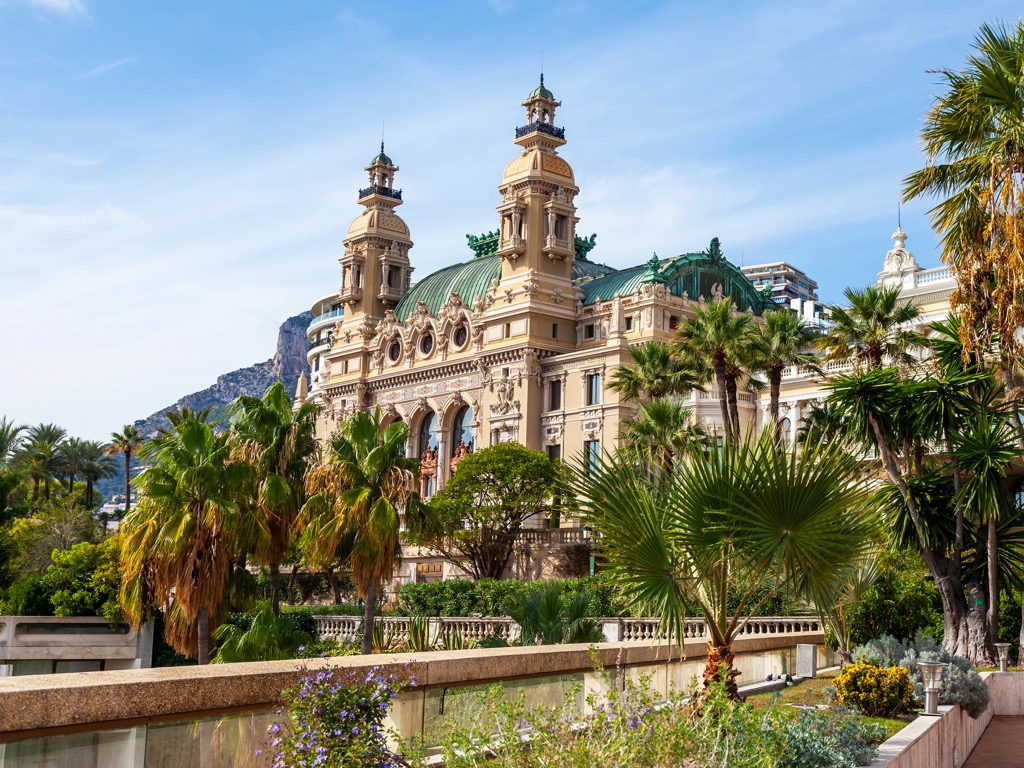
Due to the success of the casino, Monaco stopped collecting income tax from residents in 1869, beginning its reputation as a haven for the rich to both play and live. During World War II, Monaco and Italy were occupied by German forces. Since 1911 Monaco has been ruled by a constitutional monarchy. The Sovereign Prince of Monaco is the head of state while a Prime Minister is part of the executive branch.
Monaco went on to become a member of the United Nations in 1993. First held in 1929, the Monaco Grand Prix is a famous Formula One race that is held in Monaco each year that runs through the narrow city streets.
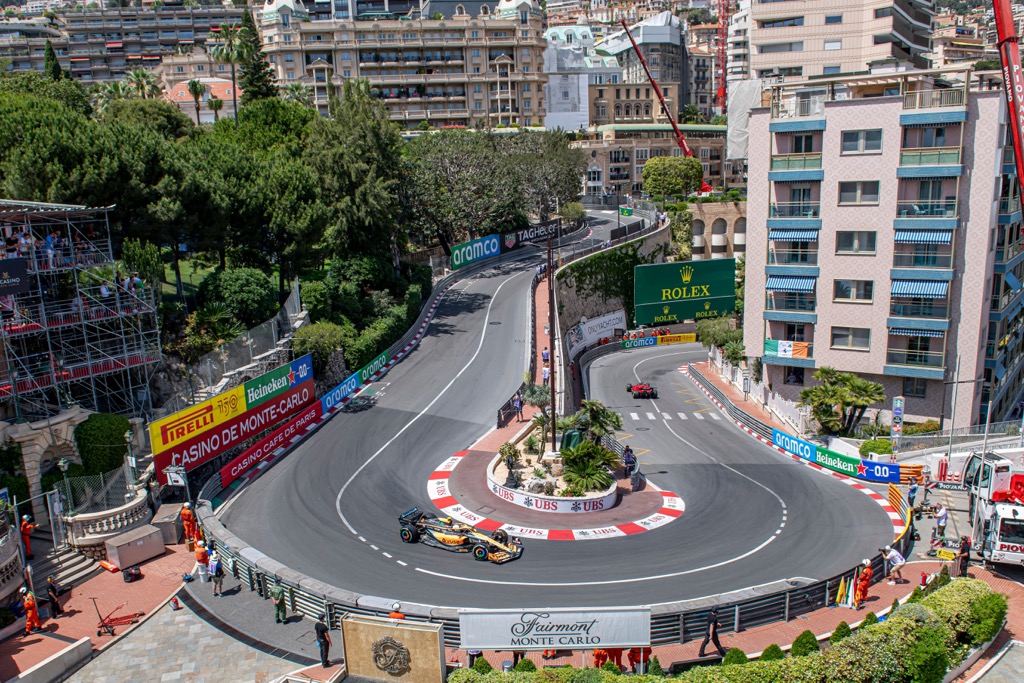
Despite the industrialization of Monaco, there are a few hiking trails that run through this small country, along with many just outside its borders. Below are a few popular routes to check out on your next visit:
This loop route begins near Monaco’s southwestern border. This walking route passes through nearly all of the major sites that the country has to offer including both Port Fontvieille and Port Hercules. The route then loops through the downtown streets before returning to the starting point. Historical buildings and beautiful architecture are visible throughout this route. Hikers should note that this path is on pavement and through a city. Round trip the route is 6.9 km (4.3 miles) long and features 250 m (820 feet) of elevation gain.

Tête de Chien is an out and back route located directly west of the city region of Monaco. The route begins at the summit of Tête de Chien, with sweeping views of Monaco and the Mediterranean Sea. Shrubs and wildflowers line the route during the spring months as hikers wind through the rocky hillside. Round trip this route is 3.5 km (2.2 miles) long and features 257 m (843 feet).
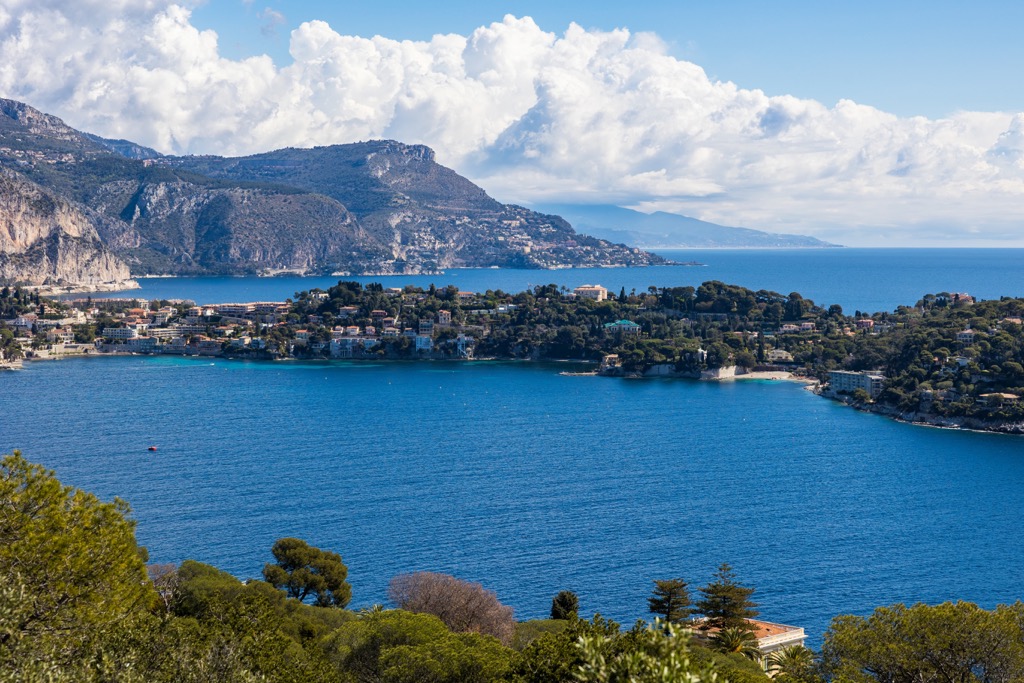
This loop route extends upon the Tête de Chien loop. Hikers have multiple access points for beginning this route. The trial winds through the hillsides and peaks that surround Monaco, offering a contrast of stunning natural beauty and the cityscape. This loop is 10.6 km (6.6 miles) in length and features 558 m (1,830 feet) of elevation gain.
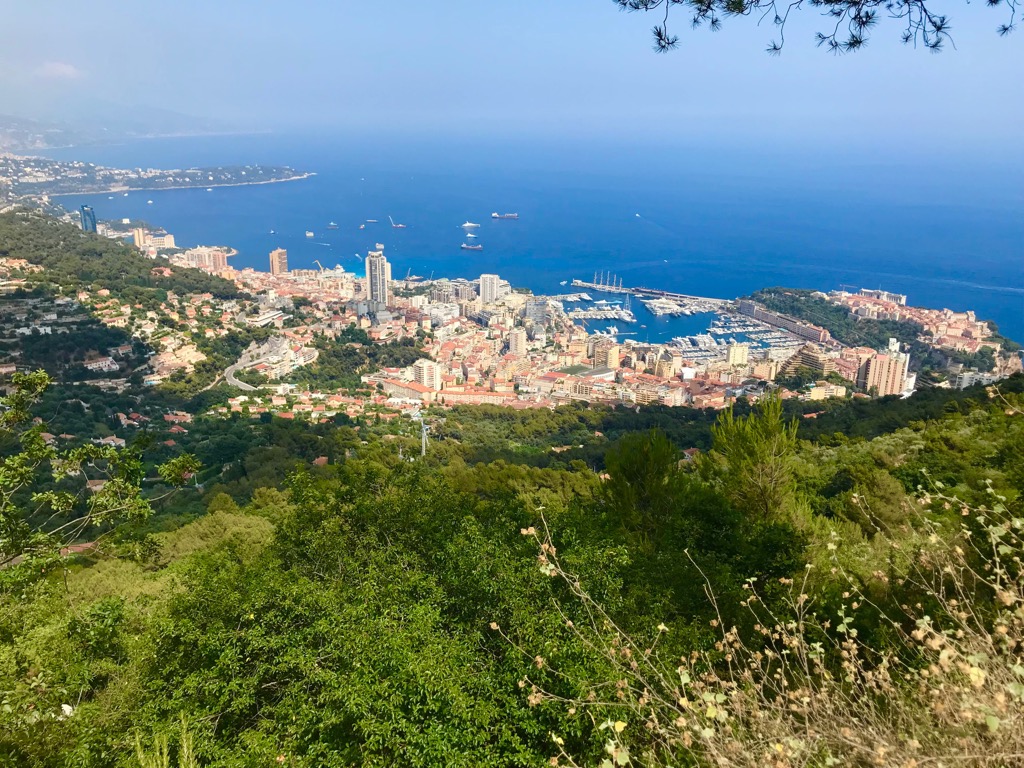
Looking for a place to stay in Monaco? Here are some of the best cities and villages to check out in the region:
Due to the size of the Principality of Monaco, staying anywhere in the country provides easy access to the rest of the region. Those visiting can explore the Monte Carlo Casino, the Palace of Monaco, or relax along Larvotto Beach.
Those visiting the region should note that Monaco is one of the most expensive regions in the world, full of sophisticated bars and restaurants. Amidst the city streets lies the Marché Forville full of local produce and food vendors.
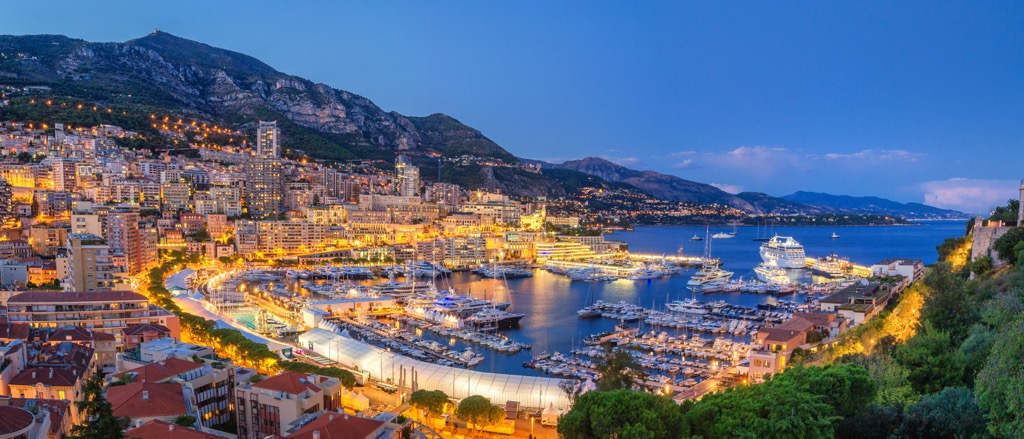
Nice is the closest major city to Monaco, home to over 340,000 residents. Capital of the Alpes-Maritimes department of France, Nice lies along the Mediterranean and is surrounded by rolling foothills or the French Alps.
Originally founded by the Greeks, Nice became a popular destination for the wealthy during the nineteenth century. Situated on Baie des Anges (English: Bay of the Angels), this beach is known for its swimming, fishing, and sailing. Popular sites in the city include the Nice Cathedral, Notre-Dame de Nice, Musée des Beaux-Arts de Nice, and Musée Matisse.
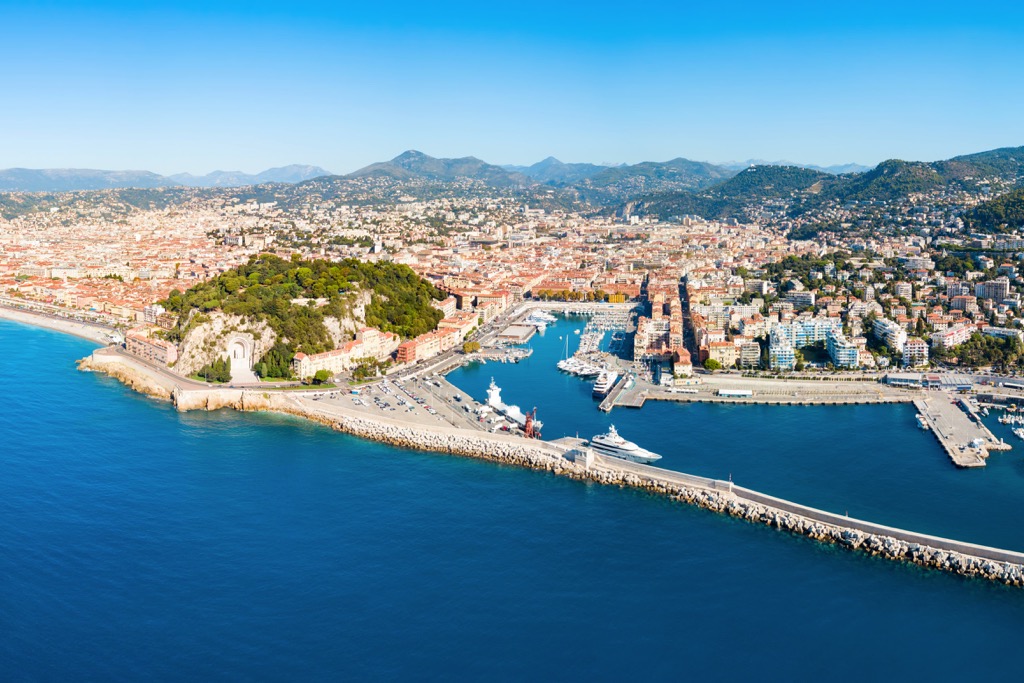
Explore Monaco with the PeakVisor 3D Map and identify its summits.








